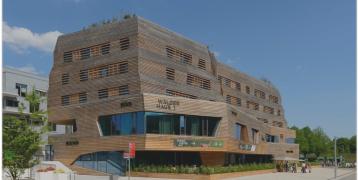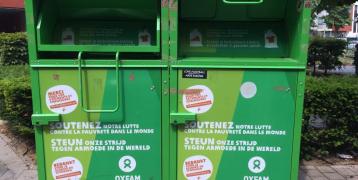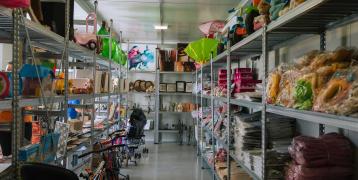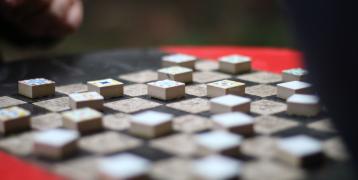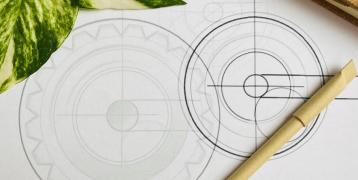Circular economy in the textiles sector
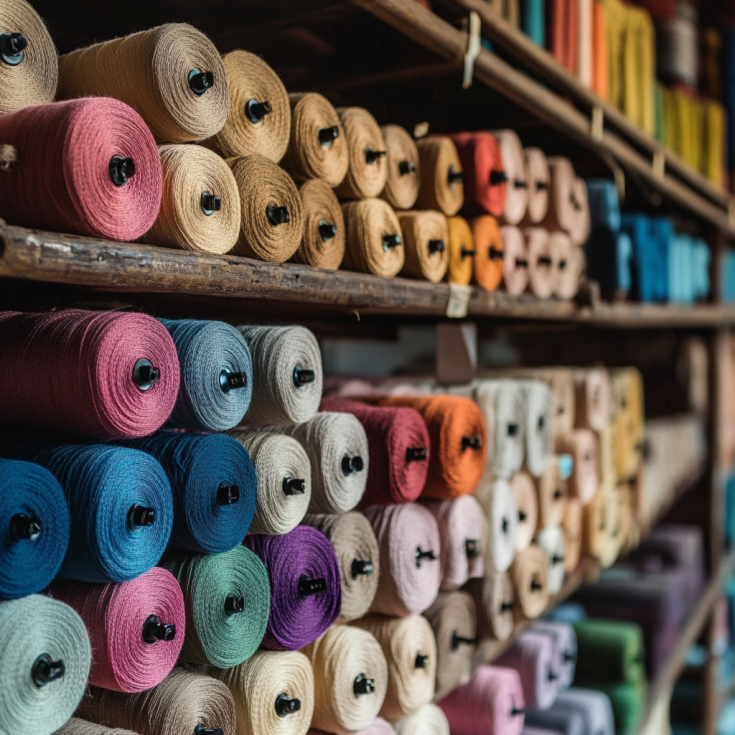
During a project meet-up, the Interreg Europe Policy Learning Platform, received a policy helpdesk request to provide knowledge and resources on the circular economy in the textiles sector.
Our Thematic Expert for a Greener Europe, Astrid Severin, provided a list of good practices and resources that focus on policies related to the sector.
The topic is highly relevant and covers a wide range of areas in managing textile waste prevention, separate waste collection, sorting, water use, consumer awareness and much more. Our good practice database consists of a rich variety of these topics, coming from our projects. In addition, we have information and knowledge gathered in the context of interregional cooperation.
Good practices on circular economy in the textiles sector
Good practices from the CECI project:
A Finnish textiles company organised a campaign to activate citizens for prolonging the life-cycle of cotton-based textiles such as bedsheets, towels and jeans. The campaign was so well received that the company made textile recycling a permanent practice. Customers bringing old/used textiles for recycling receive a discount coupon. The returned textiles are sorted, washed and cut into carpet weave, which is eventually woven into rag rugs and rag pieces for sale. Unusable textiles are sent to Finnish textile recycling companies, to become insulation material for the automotive industry and interior upholstery in car floors and roofs.
The CiLAB - boosting circular textiles is a good practice from Belgium. Three circular entrepreneurs from Mechelen set up the CiLAB collective to experiment with circular techniques for the fashion industry. The City of Mechelen has supported CiLAB with advice, matchmaking towards potential partners, communication and media relations. CiLAB grasped the opportunity to set up a small textile lab in Mechelen, prioritising creating awareness through the coaching of students, finding innovative ways to collaborate with social sorting centres, refugees, fashion brands and local authorities. Within twelve months, collaborations with two important clothing brands, small-scale start-up companies, fashion schools and the local community have been set up.
Good practice from the CESME project:
The CESME project has highlighted the good practice Humanita textile recycling where the textile collection system has been established in the ten biggest cities in Bulgaria. Comparable schemes using containers for textile collection have failed in Eastern Europe. The innovative Bulgarian model is ready to be transferred and practitioners in waste textile collection and recycling or second-hand usage and exchange can directly benefit from the approach and key elements developed in Bulgaria.
Good practice from the INTHERWASTE project:
The INTHERWASTE project has highlighted the Separate collection of used clothing in Tallinn, the only municipality in Estonia with a network of containers to collect used clothing, shoes and also toys. Eighteen special containers have been installed by the non-profit organization MTÜ Riidepunkt. Another twenty three containers were installed by Tallinn Waste Center, organised by Humana Estonia.
The clothing and shoes are sold in second-hand shops or donated to local charity organisations (homeless shelters, animal shelters, etc.). The 200L-containers are weatherproof, safe and very easy for everyone to use. The locations for the containers are chosen according to where they are presumed to be used most actively, e.g. next to the large supermarkets/shopping malls. Today, the collection containers have become very popular among citizens and the quantities collected with this system have increased almost three times in two years.
Other resources on circular economy and waste management
The following policy briefs on waste management are also highly relevant for the textiles sector:
You can also explore the recording, key learnings and presentations of our e-workshop on reuse and repair in a circular economy. In addition, we have carried out a peer review for the Region of Central Macedonia, Greece, on the circular economy for textiles and fashion.
Projects on circular economy
Submit your policy helpdesk request!
Do you have a question you would like to get expert help on? Submit your policy helpdesk request today.


